Nutrition FAQs

Answers to your common questions
Here, we have put together answers to your most frequently asked questions. Some of the most common include, laminitis, weight management, how to manage excitability, feeding senior horses and how to feed your new horse. Also find out the truth about sugar and protein. Please use our categories belowor if you’re after something specific use our search bar below.
FAQs
-
How much oil can I add to my horse’s feed?
Oil can be added a rate of up to 100ml per 100kg bodyweight per day (up to 500ml) for horses that need to gain weight. Add any additional gradually (approximately 100mls per week) and ensure the diet provides an additional 100iu of vitamin E for every 100mls of oil fed – contact the Care-Line for more advice on this.
Which type of oil should I add to my horse’s feed to help him gain weight?
Soya, vegetable, rapeseed and corn oil all contain similar levels of energy (calories) and can be added directly to the horse’s feed. However ,simply adding oil over the top of the horse’s current feed may unbalance diet so you may wish to consider moving to a feed that already contains a higher level of oil and is suitably balanced with additional vitamin E. Contact the Care-Line for more advice on this.
Do I need to add salt to my horse/ pony’s feed and if so why?
When horses sweat they lose electrolytes, the main ones being sodium, potassium and chloride. For those sweating regularly, some of these losses should be replaced through the diet. However the level of electrolytes lost is directly proportionate to sweating and consequently, free access to an equine salt lick is sufficient for horses at rest or in light work. If your horse is sweating on a regular basis call the Care-Line for advice on feeding a specialist electrolyte supplement or adding salt to his feed.
Do I need to soak my horse/ pony’s feed?
All SPILLERS feeds can be fed dry although adding a small amount of water to mix/ dampen your horse’s feed if you prefer will not cause any harm. Alternatively, all SPILLERS cubes can be soaked in warm water to make a mash for horses and ponies with poor teeth. Some feeds such as those containing sugar beet do need to be soaked before feeding so always check the manufacturer’s feeding instructions.
Will feeding sugar beet help my horse to gain weight?
Although sugar beet is high in calories and provides an excellent source of highly digestible fibre, the increase in volume after soaking makes it easy to overestimate how much you are actually feeding. Consequently, sugar beet is often not fed in large enough quantities to contribute a significant level of calories to the diet. In fact, a scoop of low energy cubes (such as SPILLERS Horse and Pony Cubes) could be 5 times higher in calories than a scoop of soaked sugar beet!
How much can I safely feed in one meal?
Feed a maximum of 2kg per meal (dry weight) for horse horses over 400kg, less for ponies. Horses and ponies prone to certain clinical conditions may benefit from smaller meals; speak to a nutritionist for more advice on this.
How do I introduce a new feed safely?
All dietary changes should be made gradually, including changes in forage. As a general guide, replace 500g of old/ current feed for 500g of new feed every other day (less for ponies). However if your horse/ pony is prone to any clinical conditions such as colic, tying up or laminitis, always seek advice from a nutritionist before changing his feed. Ideally, new hay, haylage and pasture should always be introduced gradually too.
How do I ensure my horse/ pony’s diet is balanced?
The most suitable way of balancing your horse/ pony’s diet will depend on his condition. Balancers are the ideal option for those able to maintain weight on forage alone, whilst compound feeds will provide additional energy (calories) as well as vitamins, minerals and quality protein required for a balanced diet provided they are fed at the recommend ration.
How can I give my horse/ pony more energy without causing weight gain?
Unfortunately calories and energy are exactly the same thing which means it is impossible to feed more of one without the other. If your horse is already in good or overweight condition, any lack of energy under saddle is not caused a lack on in the diet, so avoid the temptation to increase his feed. Where necessary, slimming your horse down a healthy body condition score and improving his fitness may also help to improve his natural energy levels.
Can high levels of sugar cause excitability?
Yes, although compound and fibre feeds generally contribute very little sugar to the total diet when fed at the recommended ration. In fact, forage is the largest source of sugar in any horse’s diet, even in horses without access to grazing. However, high levels of energy and sugar in spring grass may well contribute to more exuberant behaviour in some horses and ponies!
What should I look for when choosing feeds for an excitable horse/ pony?
Although diet is just one of many factors that can affect behaviour, feeds high in cereal starch can certainly exacerbate excitable temperaments. Start by avoiding all mixes and look for fibre based feeds containing less than 15% starch initially. When additional calories are required, feeds high in oil provide a sympathetic alternative to cereal starch.
What should I do if I suspect my horse/ pony has a feed allergy?
True feed allergies in horses are rare and unfortunately, allergy testing (skin and blood tests) in horses is unreliable. If you do suspect your horse/ pony has a genuine feed allergy, an elimination diet is the best course of action. Please contact the Care-Line for more information.
Do horses suffer from feed allergies?
Yes, although true feed allergies in horses are very rare and when they do occur, are in response to a specific type of protein (normally a cereal protein), not the amount of protein or sugar as commonly thought. It is notoriously difficult to find the root cause of skin complaints such as itching, lumps, bumps and hives (one of the most common reasons that feed allergies are suspected) although changes in temperature, flies, mites in forage or bedding, shampoos or other topical solutions, clipper oil, pollen and detergent used to wash rugs and numnahs are all common culprits!
Is it safe to feed my laminitic carrots & treats?
Yes; just don’t feed them by the bucketful! Carrots contain approximately 85% water and therefore each carrot you feed contains very little sugar. Equally, 1 SPILLERS treat contains just 1.4g (less than ½ a teaspoon) of sugar so one or two carrots/ treats per day will not cause any harm – remember everything in moderation!
What should I look for when choosing feeds for a laminitic?
Horses and ponies prone to laminitis need a high fibre, low starch and low sugar diet which also provides a balanced supply of vitamins, minerals and quality protein. Use the following tips as a guide but seek advice from a nutritionist to ensure that the feeds you choose are suitable for your individual horse or pony:
Choose fibre based feeds that are low in starch and sugar
Avoid all cereals and mixes
Remember feeds to do need to be molasses free or sugar free
The most suitable option for your horse/ pony may not be approved by The Laminitis Trust or mention laminitis on the bag – speak to a nutritionist for more advice
Which SPILLERS feeds are suitable for laminitics?
SPILLERS HAPPY HOOF, HAPPY HOOF Molasses Free, Speedy-Mash Fibre and all SPILLERS balancers are ideal for good doers prone to laminitis. If your horse or pony is normally a poor doer or has recently lost weight, please contact the Care-Line for more advice.
Can I turn my horse out on frosty grass or snow?
In general yes, although turnout on frosty grass, particularly in conjunction with bright sunlight should be avoided for horses prone to colic or laminitis.
How long should I soak my horse/ pony’s hay to help reduce the sugar content?
Research has shown that soaking hay for 12-16 hours in tepid water can reduce water soluble carbohydrate content by up to 50%. However, it is important to remember that results are variable and soaking alone cannot guarantee suitability for laminitics. Reduce soaking to a maximum of 6 hours in hot weather.
How long should I soak my horse/ pony’s hay to help support respiratory health?
Research has shown that soaking hay for just 10 minutes causes the majority of dust spores to swell so that they are ingested rather than inhaled. However, remember to feed soaked hay immediately after soaking as the spores may become airborne again once dried.
Should I feed less haylage than hay?
No. In fact you need to feed approximately 1.2-1.5 (20-50%) more haylage than hay by weight to account for the higher moisture content. Remember – nutrients are diluted in water!
Is it true that haylage is higher in nutrients than hay?
No. In truth the nutritional value of both hay and haylage varies considerably and haylage is not automatically higher in energy (calories), protein or sugar as commonly thought. The only way to determine the nutrient content of any forage is to have it analysed.
How much hay/ haylage should I feed?
Ideally hay/ haylage should be fed ad-lib, particularly for stabled horses or those with limited grazing. For good-doers, total forage intake (including grazing) should not be restricted to less than 1.5% bodyweight (DM) per day. In practice:
Ignore grass intake in horses turned out for only a few hours
Feed a minimum of half the horse’s minimum daily forage ration as hay/ haylage for horses stabled for 12 hours i.e. 4kg for a 500-550kg horse
Feed 1.2-1.5 (20-50%) more haylage than hay by weight to account for the higher moisture content
Good doers may winter out on grazing alone except for in the coldest of weather or when the grass is covered in snow
Will a balancer help my horse to gain weight?
No. All balancers (except stud balancers) are formulated to provide a negligible level of energy (calories) when fed at the recommended ration. Although some balancers contain functional ingredients to support digestive health and a higher level of protein to support muscle and topline, a balancer will not provide the additional calories required by horses unable to maintain weight on forage alone.
Which of the SPILLERS balancers are suitable for excitable horses/ ponies?
All of them! SPILLERS balancers contain a negligible level of starch and sugar when fed at the recommended ration.
Which of the SPILLERS balancers are suitable for laminitics?
All of them! All SPILLERS balancers contain a negligible level of starch and sugar when fed at the recommended ration.
What is the difference between a balancer and a broad spectrum vitamin and mineral supplement?
Unlike broad spectrum vitamin and mineral supplements, balancers also provide additional protein and amino acids often lacking in UK forage. Depending on the manufacturer you may also be able to choose a balancer tailored towards your horse’s age and workload such as ‘Stud’ balancers for growing horses or ‘Performance’ balancers for competition or race horses. Some balancers also contain added functional ingredients such as live yeast and glucosamine.
What is a balancer?
Balancers are small, nutrient dense pellets formulated to provide a concentrated source of vitamins, minerals and quality protein, alongside a negligible level of calories when fed at the recommended ration. Some balancers also contain added functional ingredients such as live yeast or glucosamine. Balancers are ideal for horses and ponies that maintain weight easily on forage only diets or less than the recommended ration of feed.
Can horses be allergic to sugar?
No. Glucose is vital for life and the primary energy source utilised by cells in the body, including the brain. Even if sugar levels in the diet are low, the horse’s body converts other nutrients to glucose to meet demand.
Are any of the SPILLERS feeds sugar free?
No. In fact it is virtually impossible to find a sugar free feed as many of the ingredients included will contain a natural source of sugar, even if the feed is molasses free. However, horses and ponies prone to clinical conditions such as laminitis require a ‘low sugar’ not a ‘sugar free’ diet. In fact, glucose is the primary energy source used by body cells, including the brain so some sugar in the diet helps to keep your horse or pony healthy, even if they are prone to laminitis.
Are any of the SPILLERS feeds molasses free?
Yes! SPILLERS HAPPY HOOF Molasses Free, Fibre Lite Molasses Free, Speedy-Mash Fibre, Senior Super-Mash, Digest+ Conditioning Cubes, Stamina+ Cubes and Perform & Restore Mash are ideal for owners that are concerned about the inclusion of molasses. However for horses and ponies prone to conditions such as laminitis, it is the total amount of sugar in the diet that is important and not the inclusion of individual ingredients such as molasses. Many feeds containing molasses are in fact low in sugar.



